December 8, 2017
Design sector contributes £209 billion to the economy but problems remain, claims Design Council
The Design Council has published a new report which sets out the value of the design industry to the UK and identifies a number of issues that need to be addressed to enhance its value. According to the Designing a Future Economy: Developing design skills for productivity and innovation, the sector contributes £209bn to the UK economy, almost double that of what the creative industries were previously thought to contribute. The report also claims that people working in the sector are significantly more productive than the UK average worker. However it also cautions that a skills gap costs the UK economy nearly £6 billion annually. The report was compiled using UK and US-based data from the Office for National Statistics (ONS) and O*Net, a US-based research company offering definitions and data on different jobs.





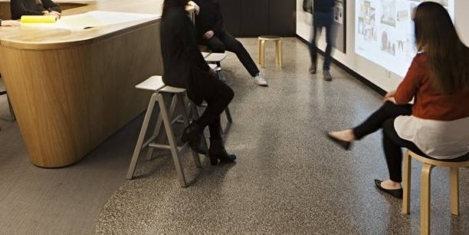
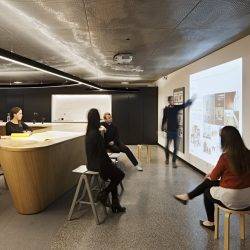
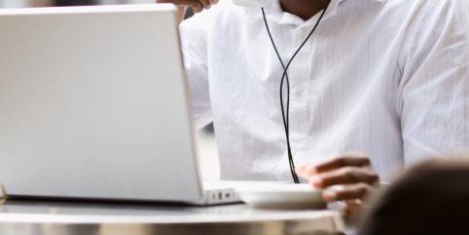

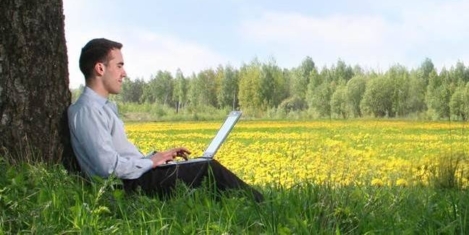
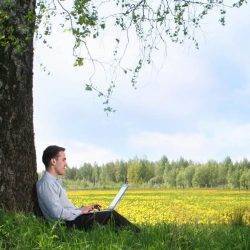
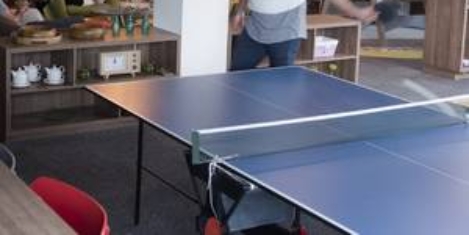
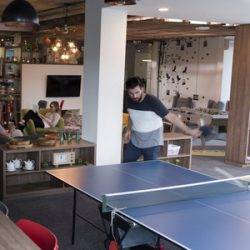
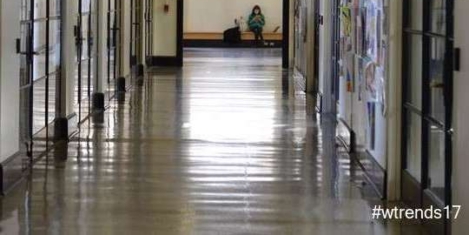
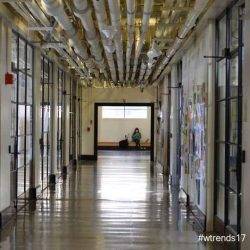 Those working within the built environment are already in the change business, was the view of Neil Usher of
Those working within the built environment are already in the change business, was the view of Neil Usher of 








December 14, 2017
How designers copy nature to create new and extraordinary forms
by Charles Marks • Comment, Workplace design
Humans have a long track record of turning to Nature for inspiration. When Leonardo da Vinci turned his mind to the challenge of acquiring the power of flight for mankind, his sketches show he believed the solution lay in mimicking the form and function of bat wings. We’ve learned a lot about aerodynamics since the fifteenth Century but nature continues to provide a blueprint for the way we design materials and structures. Researchers at the University of Alabama have recently won a grant from the US National Science Foundation to explore how the scales on the wings of butterflies (pictured) help the creatures to fly in the hope that it will help engineers design better and more efficient aircraft.
(more…)